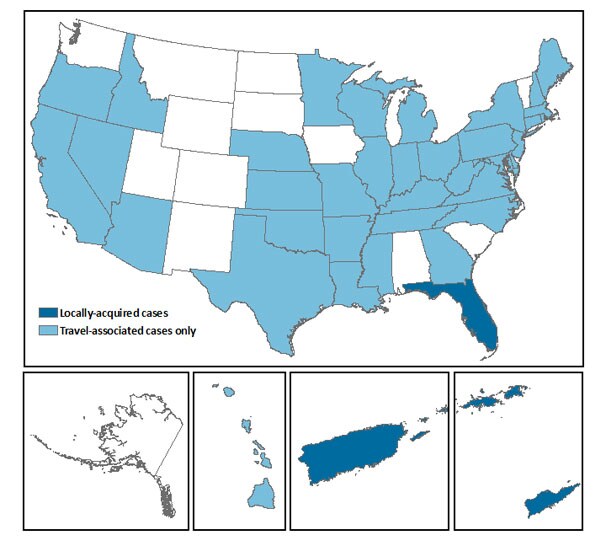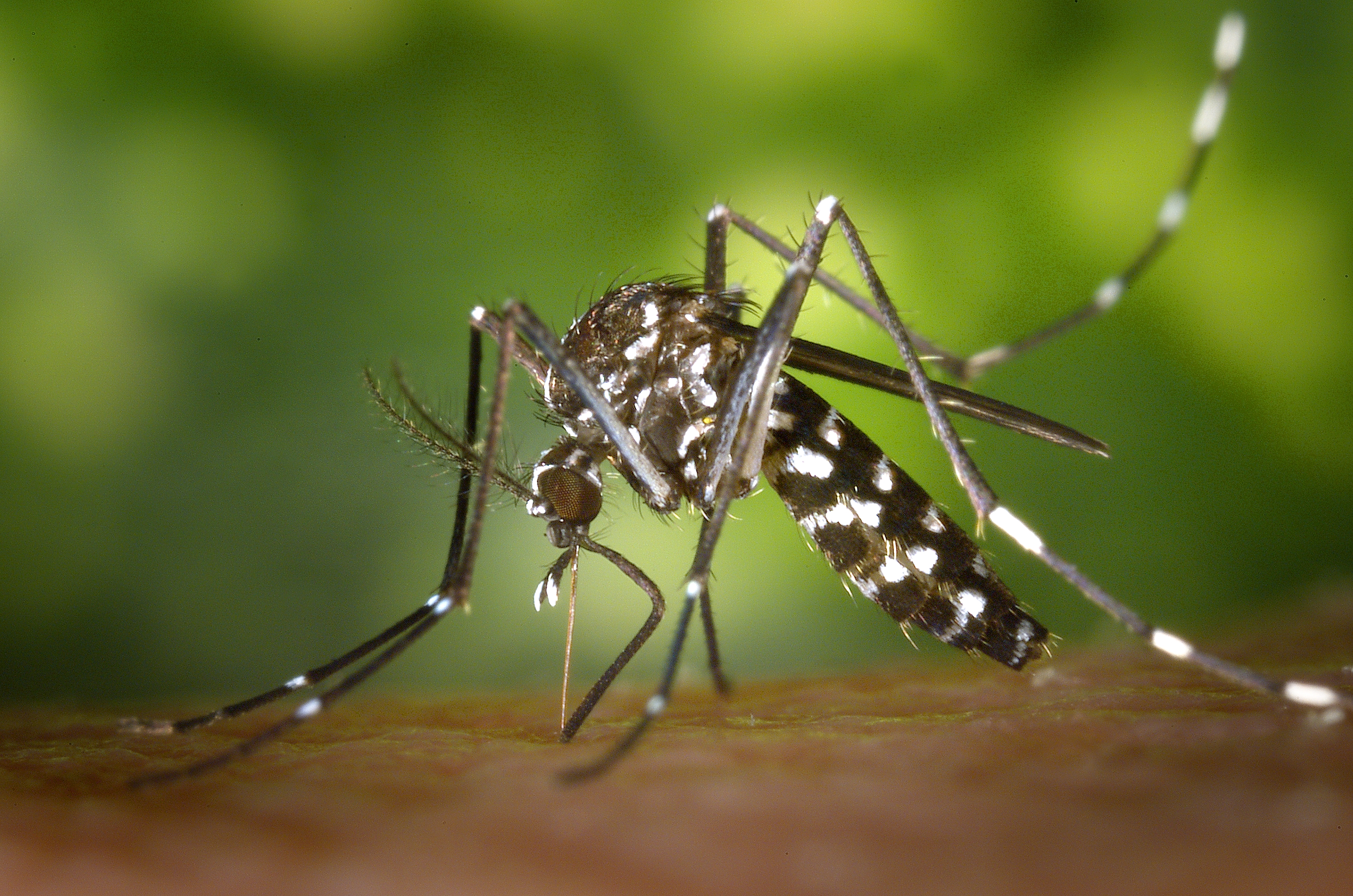As the number of cases of Chikungunya rise in the USA, it's important to understand what this disease is and how you can protect yourself.
Just this morning, 25 residents in NJ tested positive for Chikungunya!
Chikungunya might be new to the US scene, but it has affected people throughout the world for decades. The first case of the virus was described in 1952 in Africa. Interestingly - when I was visiting India in 2006 there was the largest outbreak of Chikungunya in our world's history. India had the largest outbreak of Chikungunya in June 2006 where the government hospital in Tamil Nadu reported 20,000 cases. Indian media reported more than 1.1 million cases of Chikungunya throughout India within 6 months! This is an example of how quickly this disease could spread, and how difficult it might be to eradicate its presence in the US.
You might be wondering how this might affect you now in the USA?
Well -the CDC has listed a total of 283 cases in the USA from 2013 until now. To keep these numbers down, we must do what we can to prevent a potential outbreak in the USA since we are all at risk.
Below is map published by the CDC to show the areas in the USA where the virus has been identified in the year 2014 (as of July 29, 2014):

Chikungunya is a viral infection that is transmitted to people by mosquitoes. The mosquitoes become infected when they feed on a person already infected with the virus. Infected mosquitoes can then spread the virus to other people through bites.
Chikungunya is spread via the Aedes mosquito. Aedes mosquitoes can be identified by the black and white markings on their body and legs.
Here is a closeup view of the Aedes mosquito:

The interesting thing about this type of mosquito is that it feeds during the day, unlike other mosquitoes which are more active at night.
Most people infected with Chikungunya will develop symptoms. The most common symptoms include:
Just this morning, 25 residents in NJ tested positive for Chikungunya!
Chikungunya might be new to the US scene, but it has affected people throughout the world for decades. The first case of the virus was described in 1952 in Africa. Interestingly - when I was visiting India in 2006 there was the largest outbreak of Chikungunya in our world's history. India had the largest outbreak of Chikungunya in June 2006 where the government hospital in Tamil Nadu reported 20,000 cases. Indian media reported more than 1.1 million cases of Chikungunya throughout India within 6 months! This is an example of how quickly this disease could spread, and how difficult it might be to eradicate its presence in the US.
You might be wondering how this might affect you now in the USA?
Well -the CDC has listed a total of 283 cases in the USA from 2013 until now. To keep these numbers down, we must do what we can to prevent a potential outbreak in the USA since we are all at risk.
Below is map published by the CDC to show the areas in the USA where the virus has been identified in the year 2014 (as of July 29, 2014):

Chikungunya is a viral infection that is transmitted to people by mosquitoes. The mosquitoes become infected when they feed on a person already infected with the virus. Infected mosquitoes can then spread the virus to other people through bites.
Chikungunya is spread via the Aedes mosquito. Aedes mosquitoes can be identified by the black and white markings on their body and legs.
Here is a closeup view of the Aedes mosquito:

The interesting thing about this type of mosquito is that it feeds during the day, unlike other mosquitoes which are more active at night.
Most people infected with Chikungunya will develop symptoms. The most common symptoms include:
- Headache
- Fevers
- Joint Pains
Symptoms typically last for 1-2 weeks. Some symptoms, like joint pains, may last for months. Death is a rare complication of this disease. When death has been associated with this disease it usually has been in elderly patients and/or those who have underlying health problems such as heart failure or a weak immune system (patients who have received chemotherapy, HIV, etc.).
Like most viral infections, there is no treatment for this disease beyond keeping hydrated, rest, and taking pain medications as needed.
As I mentioned before, prevention is the key to protecting yourself!
Here are some tips to prevent Chikungunya and other diseases transmitted via mosquitoes:
- Use air condition when possible, and keep windows/doors closed when you can
- Make sure that if you do keep windows or doors open -- that there is always a screen in front of the window/door to keep mosquitoes outside
- If you are not able to protect yourself from mosquitoes inside your home, consider sleeping under a mosquito net
- Mosquitoes love stagnant water. Help reduce the number of mosquitoes outside your home by emptying standing water from containers such as flowerpots
- Wear long-sleeved shirts and long pants when possible
- Use insect repellents (there are a list of insect repellents that are certified by the Environmental Protective Agency (EPA) which are not associated with human harm or harm to the environment when used correctly) Visit this website for details: http://www.cdc.gov/westnile/faq/repellent.html
- Spray repellent on all exposed areas. Do NOT spray repellant on the skin under your clothes (since your skin is not exposed)
- Treat clothing with permethrin or consider purchasing permethrin-treated clothing
I hope this information helps! If you are worried that you might have Chikungunya, please visit your nearest doctor right away for evaluation.
Hopefully with these keys to prevention we will be able to prevent further outbreaks of Chikungunya in the US.
Please feel free to email me at DoctorDeenaMD@gmail.com with further questions, comments.
**PLEASE REMEMBER IF YOU HAVE ANY QUESTIONS OR CONCERNS ABOUT YOUR HEALTH AND/OR BEFORE STARTING OR STOPPING ANY TREATMENT OR ACTING UPON INFORMATION CONTAINED ON THE SITE, YOU SHOULD CONTACT YOUR OWN PHYSICIAN OR HEALTH-CARE PROVIDER**